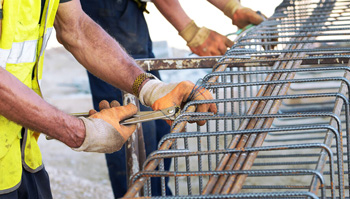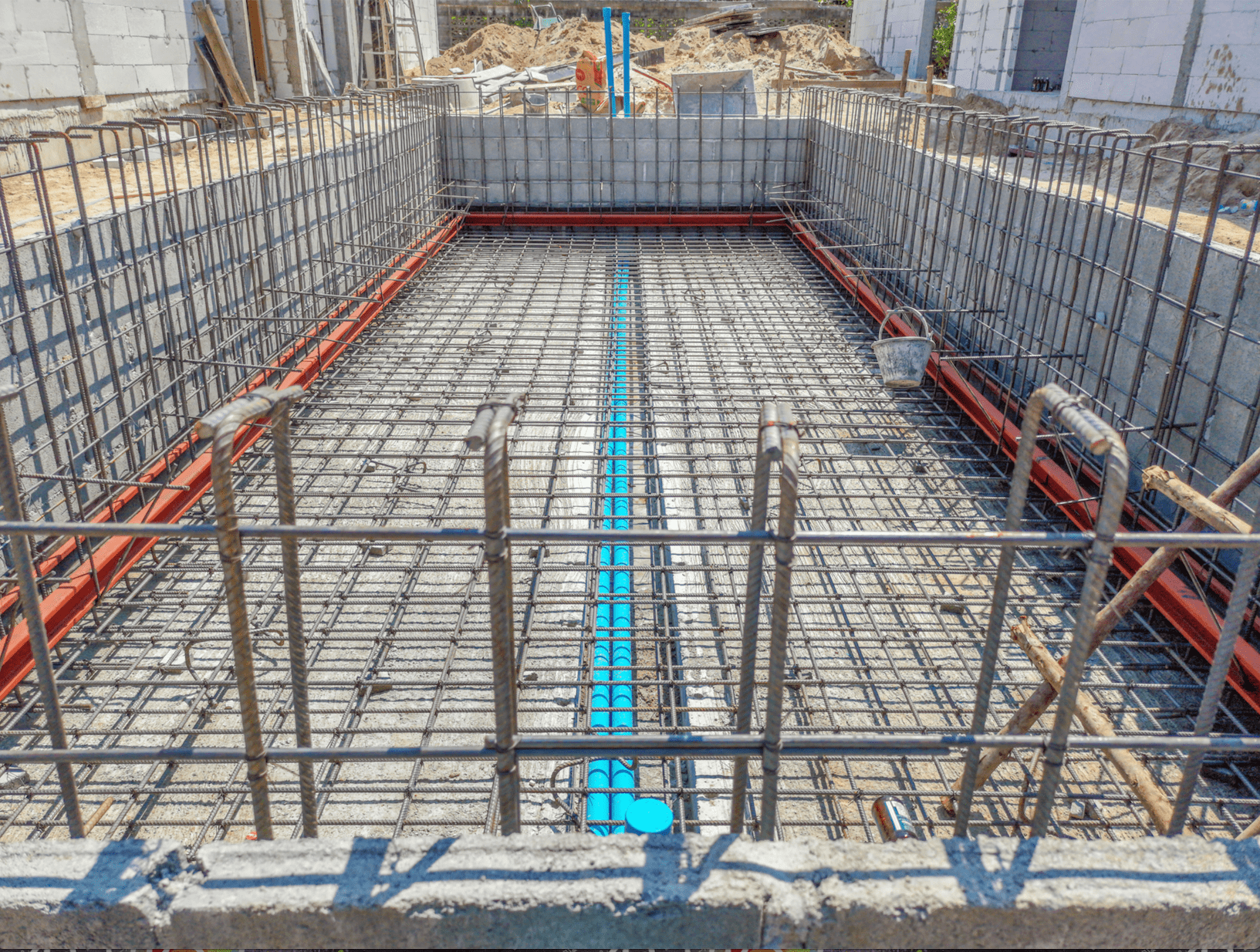How On-Site Steel Reinforcement Installation Helps Meet Building Codes
How On-Site Steel Reinforcement Installation Helps Meet Building Codes
Blog Article
Mastering Steel Correcting: Strategies for Superior Construction
Grasping steel repairing is a basic aspect of building and construction that directly affects the security and longevity of concrete frameworks. By understanding the intricacies of accurate positioning, the proper usage of tools, and usual pitfalls to prevent, professionals can dramatically enhance overall task outcomes. Furthermore, sticking to best safety and security methods not just safeguards workers yet likewise adds to the integrity of the framework itself. As we discover these methods in greater detail, the effects of mastering this critical skill become significantly apparent, questioning regarding how these methods can change construction methods.
Comprehending Steel Correcting Fundamentals
Steel repairing, an important part in the construction industry, involves the positioning and securing of steel reinforcement bars (rebar) within concrete structures. This procedure is essential for guaranteeing the architectural stability and toughness of concrete aspects, as rebar substantially enhances tensile toughness, which concrete lacks.
Understanding the fundamentals of steel fixing starts with identifying the numerous kinds of rebar and their specs, including size, covering, and quality. Rebar is normally made from carbon steel and is offered in various sizes, which are selected based on the structural demands of the task.

In addition, making use of appropriate lapping sizes and anchorage techniques contributes to the overall security of the concrete framework. It is necessary for steel fixers to comply with safety criteria and finest techniques throughout the installment procedure, making sure not only the success of the job however likewise the safety of all employees involved.
Essential Tools and Equipment
Successful steel fixing counts greatly on the right devices and devices to guarantee accuracy and performance in the installation process. Secret devices consist of rebar cutters, which are crucial for making precise cuts in various sizes of steel bars, and rebar benders that give the required angles for proper placement. Furthermore, a high quality set of pliers, especially tie wire pliers, is essential for protecting rebar with tie cord.
Gauging tools, such as measuring tape and laser levels, help with exact format and alignment, while a robust assortment of clamps and vises help in holding the rebar in placement throughout setting up. Safety and security tools, including safety glasses and gloves, can not be overlooked, as they safeguard workers from prospective threats connected with steel handling.
For bigger jobs, purchasing mechanical devices like rebar tying makers can substantially boost efficiency. Proper storage space remedies, such as racks or bins, assistance organize materials and keep a safe functioning environment - steel fixing. By using these necessary tools and equipment, steel fixers can boost their process, ensuring that architectural integrity and building timelines are consulted with precision
Strategies for Accurate Placement

One efficient approach is using templates or marking overviews to develop precise Full Report places for steel bars. These overviews ought to be made from long lasting products to endure the roughness of construction and must be examined versus architectural illustrations to verify precision. Additionally, employing laser levels can substantially improve alignment and elevation accuracy.
Furthermore, maintaining proper spacing in between supports is crucial. This can be achieved by utilizing spacers or chairs that are made to hold steel bars in place at the required distance from the formwork.
Regular inspections during positioning ought to be carried out to make certain conformity with job specs. Any deviations need to be addressed promptly to stop architectural weaknesses.
Last but not least, cooperation with various other professions is necessary, as clear interaction can stop positioning mistakes that may develop from contrasting building and construction activities. By applying these methods, steel fixers can dramatically add to the general high quality and safety and security of the building task.
Typical Errors to Stay Clear Of
While ensuring the right placement of click here to read reinforcement steel is vital, numerous usual mistakes can undermine the honesty of the building procedure. One constant error is inadequate spacing between steel bars. Not enough spacing can result in congestion, which can compromise concrete circulation and bonding, inevitably influencing structural strength.
An additional typical blunder involves ignoring to properly protect the support bars throughout positioning. Failure to effectively connect or sustain the steel can cause misalignment, specifically when concrete is poured, leading to structural weak points. Furthermore, forgeting the called for cover density usually leads to premature rust of the steel, diminishing the longevity of the framework.
Inappropriate cutting and bending of rebar is another mistake that can bring about stress and compression concerns within the concrete. It is vital to adhere to precise specs to preserve the intended load-bearing ability.
Finally, inadequate assessment before concrete putting can permit these blunders to go undetected. Normal checks and adherence to make specifications are necessary to make certain that steel taking care of is performed properly. By avoiding these typical errors, building and construction experts can enhance the resilience and safety of their tasks, guaranteeing an effective end result.
Best Practices for Safety
Making sure the honesty of steel taking care of is not just regarding staying clear of common blunders but also regarding implementing ideal practices for safety and security on the building and construction site. A thorough security plan need to start with appropriate training and alignment for all employees associated with steel fixing. Workers need to be familiar with safety and security protocols, tools use, and emergency situation procedures to minimize threats effectively.

Keeping a clean and well organized job atmosphere is similarly vital. Clear paths and correct storage space of products can significantly minimize journey and autumn dangers. Implementing durable interaction protocols, such as hand signals or radios, can prevent crashes triggered by miscommunication.
Lastly, cultivating a culture of security among employee motivates watchfulness and accountability. Routine security conferences and seminars about potential dangers will advertise positive actions and improve total safety on the building site. By sticking to these ideal techniques, the risk of accidents throughout steel repairing tasks can be substantially lessened.
Final Thought
Understanding steel taking care of is important for making certain the structural integrity and toughness of concrete buildings. By using precise techniques, using ideal devices, and sticking to finest practices, the high quality of building can be considerably boosted.
Mastering steel repairing is a basic facet of construction that straight affects the stability and longevity of concrete structures. By making use of these essential devices and tools, steel fixers can enhance their process, making sure that structural integrity and building and construction timelines are satisfied with accuracy.
While ensuring the correct placement of support steel is crucial, numerous common errors can undermine the honesty of the construction process.Guaranteeing the stability of steel repairing is not just regarding preventing typical blunders however also concerning implementing best methods for security on the building and construction website.Grasping steel repairing is critical for making sure the architectural integrity and sturdiness of concrete constructions.
Report this page